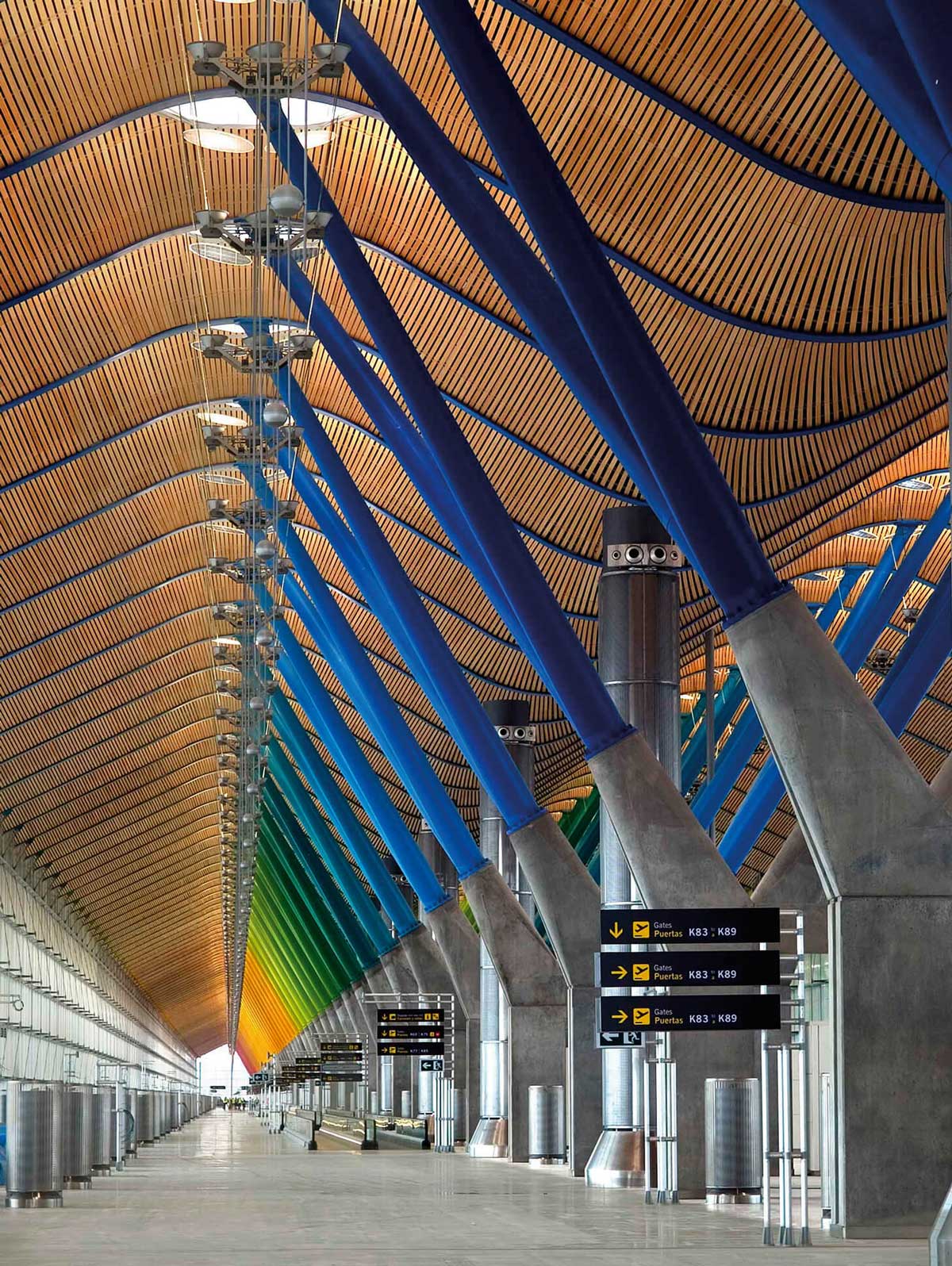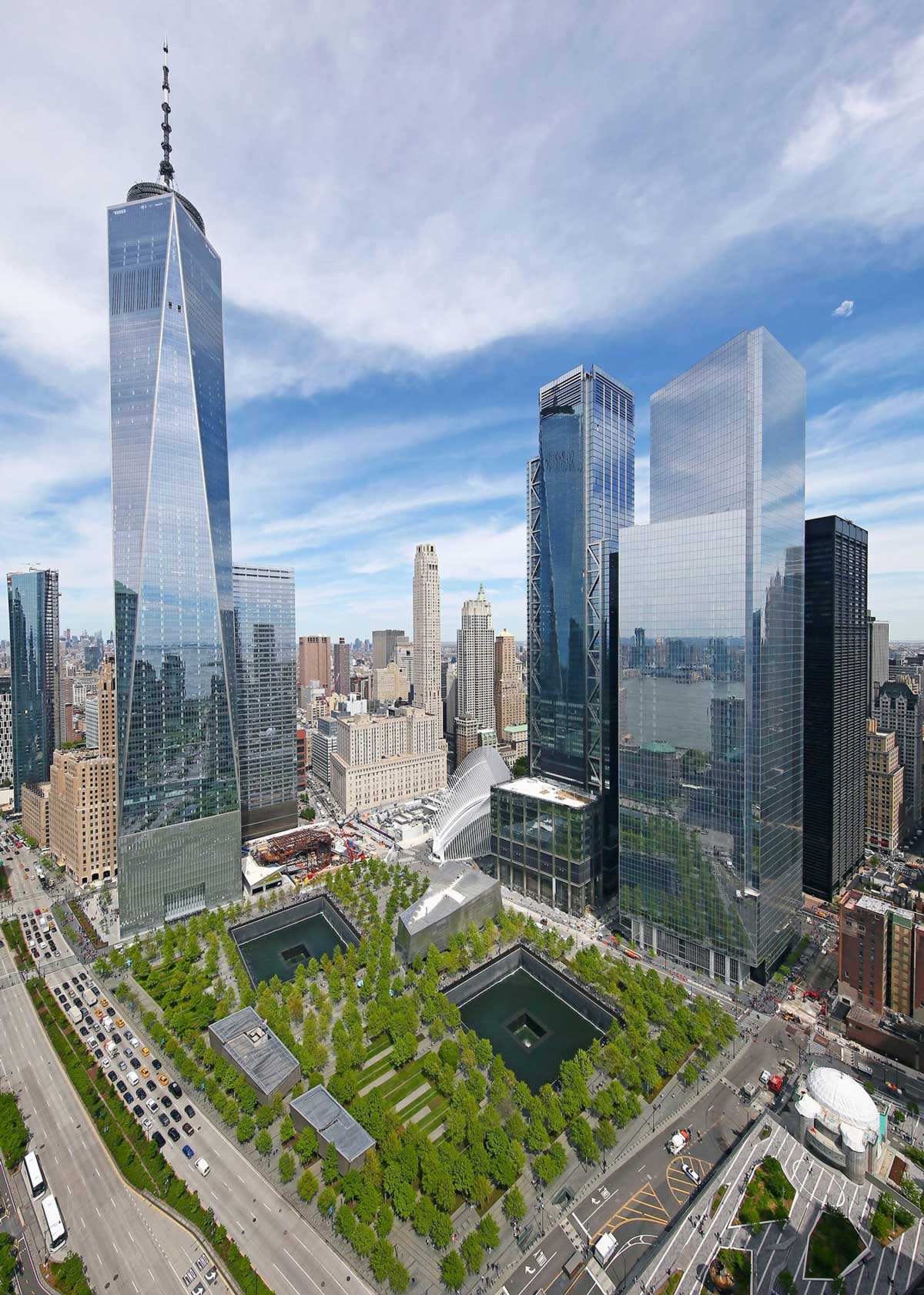“I have always believed that a humane and progressive architecture is one that creates beauty out of function. Not just for the sake of beauty in itself, but because beautiful buildings and public spaces help people achieve their potential, as citizens as well as individuals.” – Richard Rogers during his Pritzker Prize acceptance speech.
A humanist, environmentalist, and of course, an architect, Richard Rogers is one of the most relevant figures in contemporary architecture. The creative man added one more prize to his list of acknowledgments, the gold medal from The American Institute of Architects (AIA) in 2019.
Every year, the Board of Directors and the Strategic Council of the AIA pay tribute to a professional whose work has had a long-lasting influence on architecture, both theoretical and practical. The gold medal is the highest honor offered by this institute to an architect. This time, Rogers’ work of over five decades was acknowledged for having redefined the responsibility an architect has with society and the environment. His colleagues, Moshe Safdie, Renzo Piano, and Deyan Sudjic supported the decision made by this committee.
“He is a constructor par excellence, committed with mastering the trade and building technology, using it in efficient buildings and creating an expressive architectural language”, Moshe Safdie wrote in his support letter for Rogers’ nomination. “Before being an environmentalist was trendy, he already was one and he acknowledged very early in his career the challenges placed by energy and climate, and so he developed innovative solutions”.
Who is Richard Rogers?
Even though he has a British background, the architect was born in Florence, Italy, surrounded by precious architectural pieces that tell the story of the European architectural heritage. However, his professional education took place in London, England, at the Architectural Association School of Architecture and later he complemented his studies at Yale University in the United States.

Rogers is founder of the Rogers Stirk Harbour + Partners architectural firm, which places context, audience, the legitimacy of their creations and the social mission they represent at the core of their projects. The architectural vision that has determined their global recognition is based not only on design, but also on how each creation will help the community it is in, reason why urban planning is mixed with a humanist philosophy in every project.
This way of looking at buildings and spaces has been a great influence on the urban aesthetics of great capital cities, like Paris, London, and New York, which has made him the winner of most of the international awards that exist among the trade. In 1985, he received the golden medal from RIBA Royal, in 2007 he was given the Pritzker Architecture Prize and in 2016 and 2009, the Stirling Prize, just to mention a few. If this were not enough, Queen Elizabeth II appointed him as a knight in 1991 and he belongs to the House of Lords.
“Today there is a new architectural imperative: not just to complement the urban environment, but also to respect the global environment.” – Richard Rogers.
His work
His creations stand out for looking for sustainability through technology. Also, they boast high details and flexibility in the design. Among his masterpieces, there are those big format projects that seek to reach a greater audience and serve big populations. The 85 year-old architect has created health centers, office buildings, cultural centers, and even airports.
Centre Pompidou is one of his most acclaimed works and one of the first he made in his career, along with Renzo Piano. This space has become one of the flagship buildings of his architecture since the mid 70’s for its structure, design, and the technology it was created with. “The first statement of our presentation still describes exactly our approach to the project: a place for all people, of all ages and all beliefs – a combination between the British Museum and Times Square”, Rogers expressed in 2007.

Thirty years after having obtained the Parisian project, Rogers designed an important part of the Barajas Airport in Madrid, Terminal 4. According to his description of this project, he has expressed that the space follows the spirit of the Pompidou: “The fun and adventure of traveling are expressed through the curvy ceiling, the steel structure, and the colors of the rainbow”, he shared during a speech.

Another of his largest and most recent projects was the Skyscraper 3 World Trade Center in New York, which was inaugurated in mid 2018. The fifth highest tower in the city has 80 floors, a steel structure, and a façade covered in glass, which allows 360-degree panoramic views of the city. “We are thrilled to have worked in the heart of this vibrant city. This was a complex and challenging project, but one that contributed to the revitalization of New York City, and one that will help inspire new hope for the future of the city”, the architect expressed during the inauguration.

Even though his work has been shown in different parts of the world, the city of London is the one with the greatest impact. From a project of urban remodeling of the city after the 2012 Olympics to flagship constructions like the Leadenhall Building, the Millennium Dome, and Terminal 5 of the Heatrow Airport.


